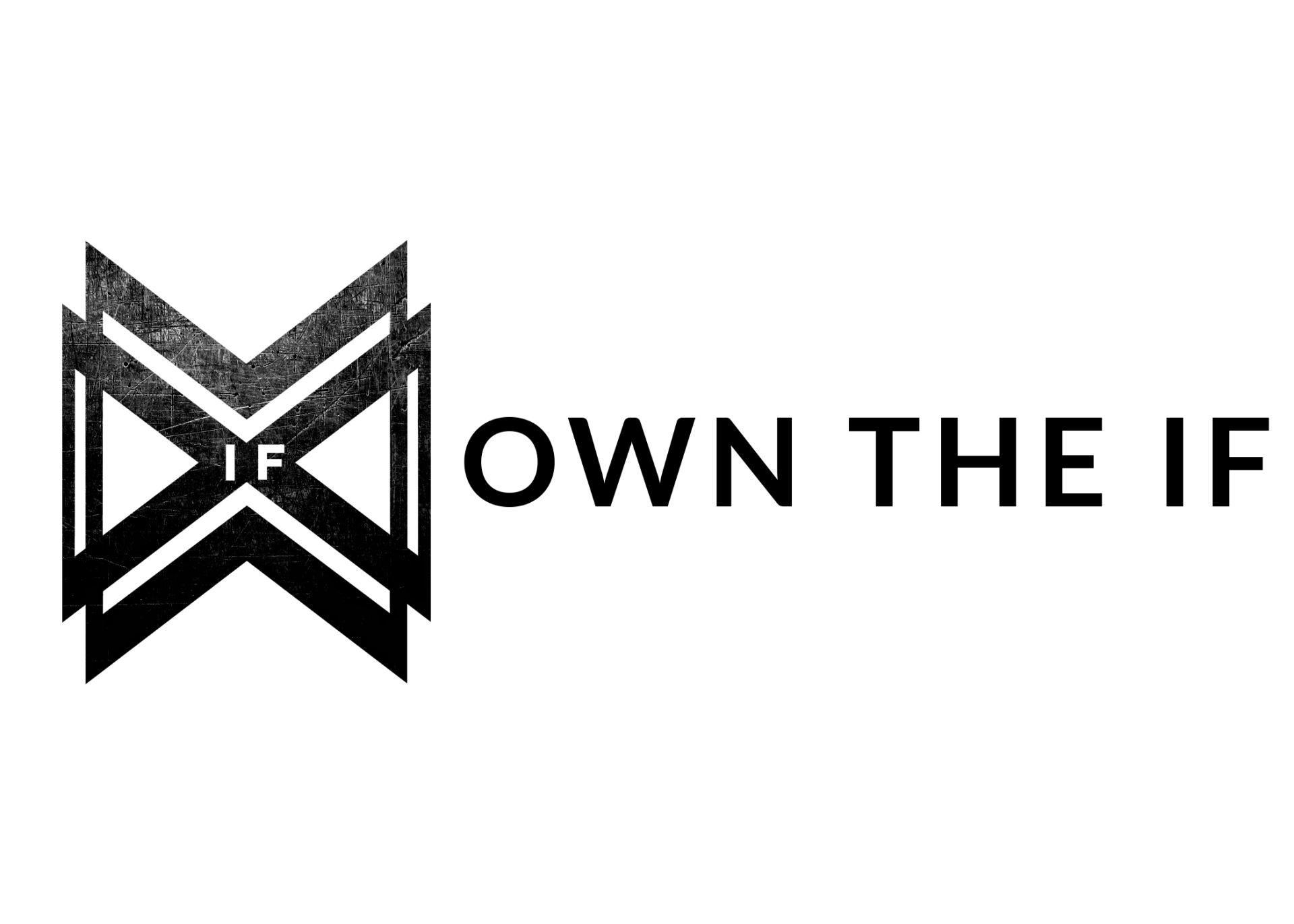Ever had those moments in life that hit you like an earthquake, shaking everything you thought you knew? That's what Bruce Feiler calls a 'lifequake.' Fascinated by this term, I dove headfirst into its origins, and what I found was eye-opening. You see, naming these daunting experiences isn't just about labeling; it's about transforming them from monsters under the bed into manageable challenges. It's about turning anxiety into opportunity, fear into growth. And let me tell you, being able to put a name to those moments—those seismic shifts in our lives—can make all the difference.
What is a Lifequake?
Bruce Feiler, a prominent American author and journalist, introduced the term "lifequake" in his book "Life is in the Transitions: Mastering Change at Any Age." This term encapsulates significant periods of change and upheaval that punctuate pivotal moments in individuals' lives. Imagine your life as a journey with various milestones along the way. Lifequakes are like sudden earthquakes on this journey—they disrupt the status quo, precipitating massive shifts that cultivates uncertainty, transition, and personal growth.
Key aspects of Bruce Feiler's idea of lifequakes include:
- Magnitude of Change: Lifequakes are characterized by massive bursts of change that disrupt established routines, roles, and identities, altering the course of one's life.
- Frequency: Feiler suggests that the average person experiences 3 to 5 lifequakes throughout their lifetime, challenging the conventional notion that major life changes predominantly occur during middle age. Lifequakes can happen at any time.
- Duration: Each lifequake typically spans around five years, during which individuals undergo a process of transition, adjustment, and eventual renewal.
- Types of Lifequakes: Feiler categorizes lifequakes into various types based on their nature and origin, including personal, voluntary life changes, involuntary life events, and collective events affecting broader communities.
When experiencing lifequakes, we undergo phases of transition akin to the stages of grief. The emphasis lies in learning and developing transition skills to navigate lifequakes effectively. Bruce Feiler outlines three key phases of transition: bidding farewell to the past, navigating the messy middle, and embracing the new beginning. It is important to note that these phases may not occur linearly, necessitating adaptation and evolution as we progress through the transition process.
The Three Phases of Transition:
- The Long Goodbye: This phase involves bidding farewell to the past, reflecting on what was, and letting go of what no longer serves us. It's a crucial period for acknowledging and coming to terms with the past, creating space for new opportunities and growth.
- The Messy Middle: Here, individuals navigate through the uncertainty and discomfort of change. It's a time of shedding old habits and forming new ones, characterized by adjustment and experimentation as we adapt to our new circumstances. Despite its challenges, this phase lays the foundation for a fresh start.
- The New Beginning: This final phase marks the emergence of the transformed self and the start of a new chapter. It's a time of embracing change and opportunities, often involving the unveiling of a new identity or direction in life. Representing the culmination of the transition process, this phase allows individuals to move forward with confidence and optimism into the next chapter of their lives.
Identifying the phase of transition in which you excel is key. For some, bidding farewell to the past is fundamental, while for others, thriving in the 'Messy Middle' by diving into action may feel more empowering. According to Feiler, embracing the transition phase that aligns with your strengths becomes your superpower. Recognizing your preferred phase enables you to cope with upheaval and uncertainty, ultimately emerging stronger and more self-assured from life's challenges.
In addition to identifying the three phases, Feiler offers several tips for managing the phases of transition effectively:
- Accept Your Emotions: Acknowledge and embrace the range of emotions you may feel during transitions, such as fear or sadness.
- Try Something New: Embrace the uncertainty of transition by exploring new activities or hobbies.
- Seek Support: Reach out to friends, family, or support groups for guidance and encouragement.
- Reframe Your Narrative: View transitions as opportunities for growth and self-discovery.
- Practice Self-Compassion: Be kind to yourself as you navigate transitions.
Bringing it Home:
Lifequakes provide us with the transformative opportunity to rewrite our life stories. By reframing them as catalysts for growth and renewal, we uncover meaning amidst the chaos. Just as heroes confront challenges in ancient tales, lifequakes often manifest as the dragons we must face. As G.K. Chesterton aptly stated:
With this wisdom in mind, by attempting to evade or banish the dragon from our story, we inadvertently rob ourselves of the opportunity for our inner hero to emerge. It is in facing life's dragons that we have the potential to become our own heroes.
We cannot evade lifequakes. However, how we emerge from them depends greatly on our ability to adapt and grow. Seizing control of our narrative and actively participating in the process of rewriting our story are paramount on this journey.
Let us boldly be the heroes within our own stories.


